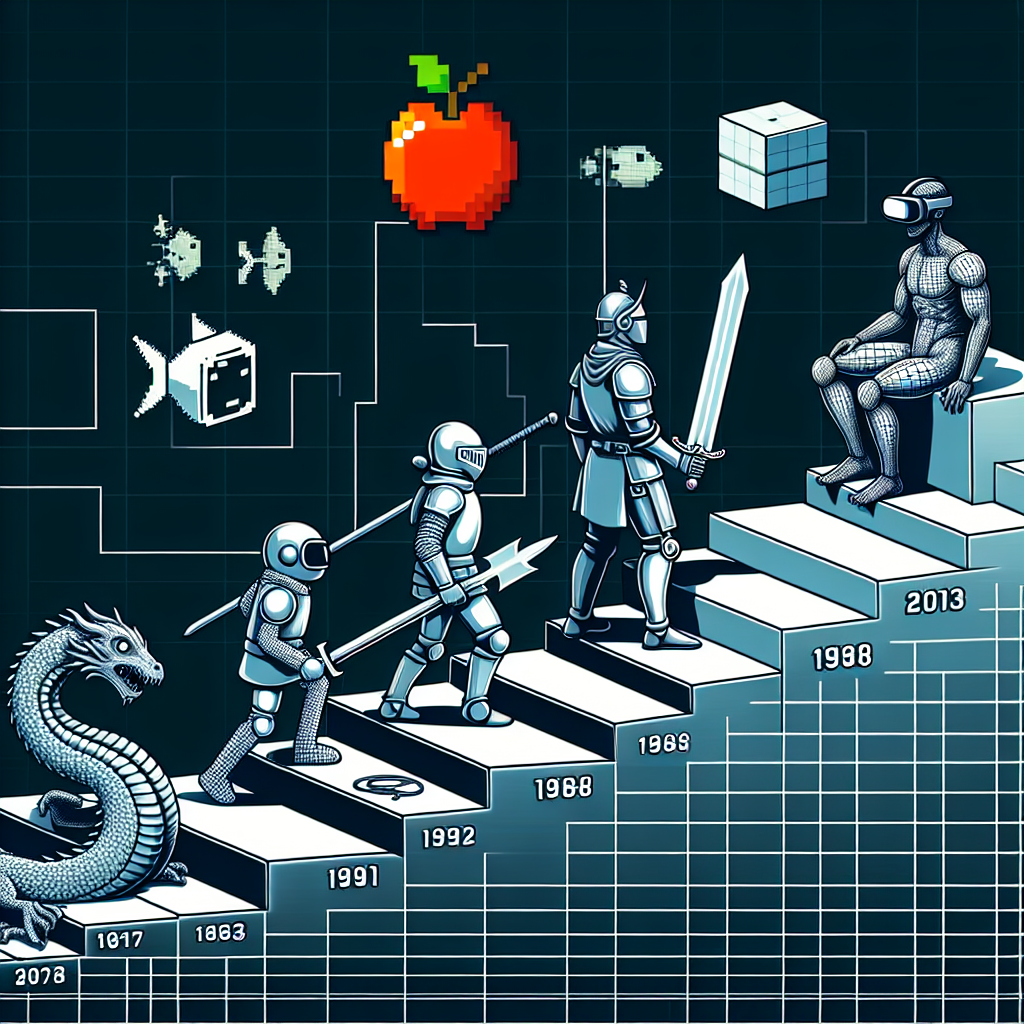The Evolution of AI in Game Design
Artificial Intelligence (AI) has played a critical role in shaping the video game industry, providing players with more challenging and immersive gaming experiences. From simple rule-based systems to sophisticated machine learning algorithms, the evolution of AI in game design has been nothing short of revolutionary.
Early AI in games was primarily focused on creating opponents that could provide a challenge to players. These opponents were often programmed with a set of rules and behaviors to mimic human-like decision-making. While effective in some cases, these rule-based systems were limited in their ability to adapt and provide dynamic gameplay experiences.
As technology advanced, game developers began incorporating more advanced AI techniques into their games. One of the key breakthroughs was the introduction of neural networks and machine learning algorithms, which allowed AI to learn and improve over time. This led to the development of more realistic and responsive opponents that could adapt to player strategies and provide a more engaging gaming experience.
In recent years, AI in game design has continued to evolve at a rapid pace. Developers are now leveraging deep learning techniques to create AI that can analyze and understand complex environments, making decisions in real-time based on a multitude of factors. This has led to the development of AI-driven NPCs (non-player characters) that can interact with players in a more natural and lifelike manner.
One of the most notable examples of AI in game design is the use of procedural generation. This technique involves using algorithms to generate content such as levels, maps, and characters dynamically, allowing for endless possibilities and replayability. Procedural generation has been used in games like Minecraft and No Man’s Sky to create vast, open worlds that players can explore and interact with.
Another exciting development in AI game design is the use of reinforcement learning. This technique involves training AI agents through trial and error, rewarding them for making good decisions and penalizing them for making mistakes. This has led to the creation of AI opponents that can learn from their experiences and adapt their strategies over time, providing a more challenging and dynamic gameplay experience.
FAQs:
Q: How is AI used in game design?
A: AI is used in game design to create realistic opponents, develop dynamic gameplay experiences, and enhance player immersion. It can range from simple rule-based systems to sophisticated machine learning algorithms that can learn and adapt over time.
Q: What are some examples of AI in games?
A: Some examples of AI in games include opponents that can learn and adapt to player strategies, NPCs that can interact with players in a lifelike manner, and procedural generation techniques that create dynamic and endless gameplay experiences.
Q: How has AI in game design evolved over time?
A: AI in game design has evolved from simple rule-based systems to sophisticated machine learning algorithms that can analyze complex environments and make decisions in real-time. This has led to more realistic and responsive opponents, dynamic gameplay experiences, and endless possibilities for players.
Q: What are some future trends in AI game design?
A: Some future trends in AI game design include the use of deep learning techniques to create more lifelike NPCs, the integration of reinforcement learning to develop adaptive AI opponents, and the continued use of procedural generation to create dynamic and immersive gameplay experiences.

